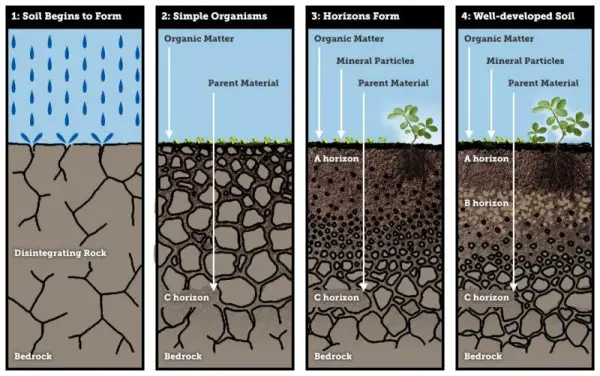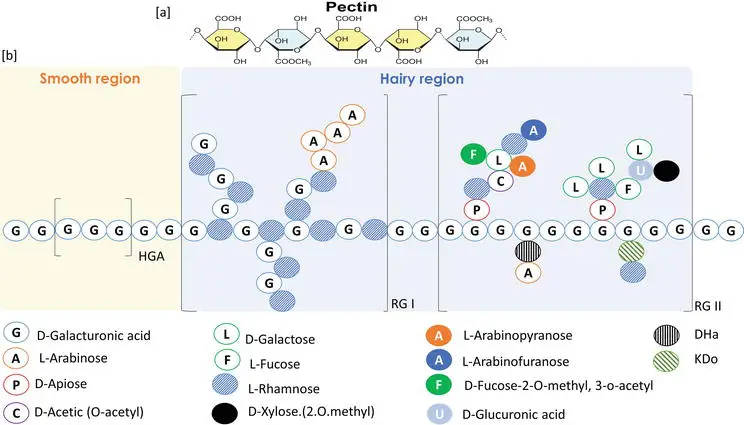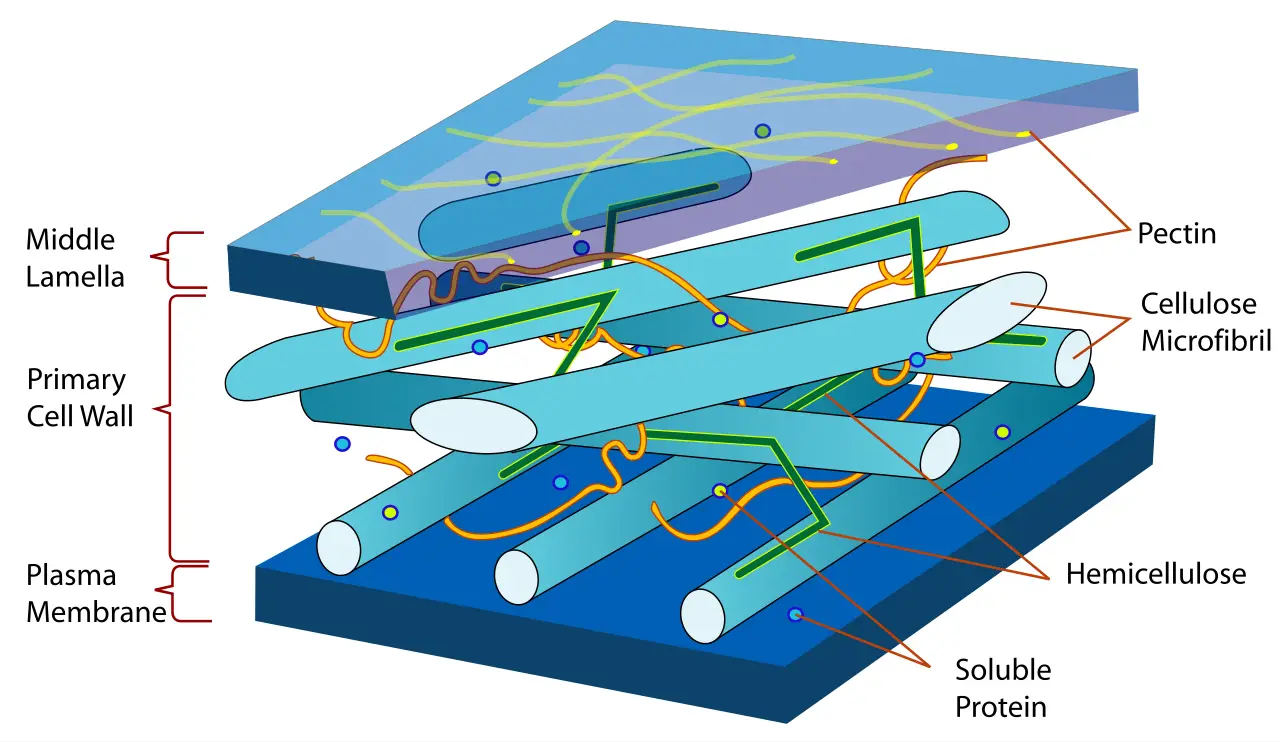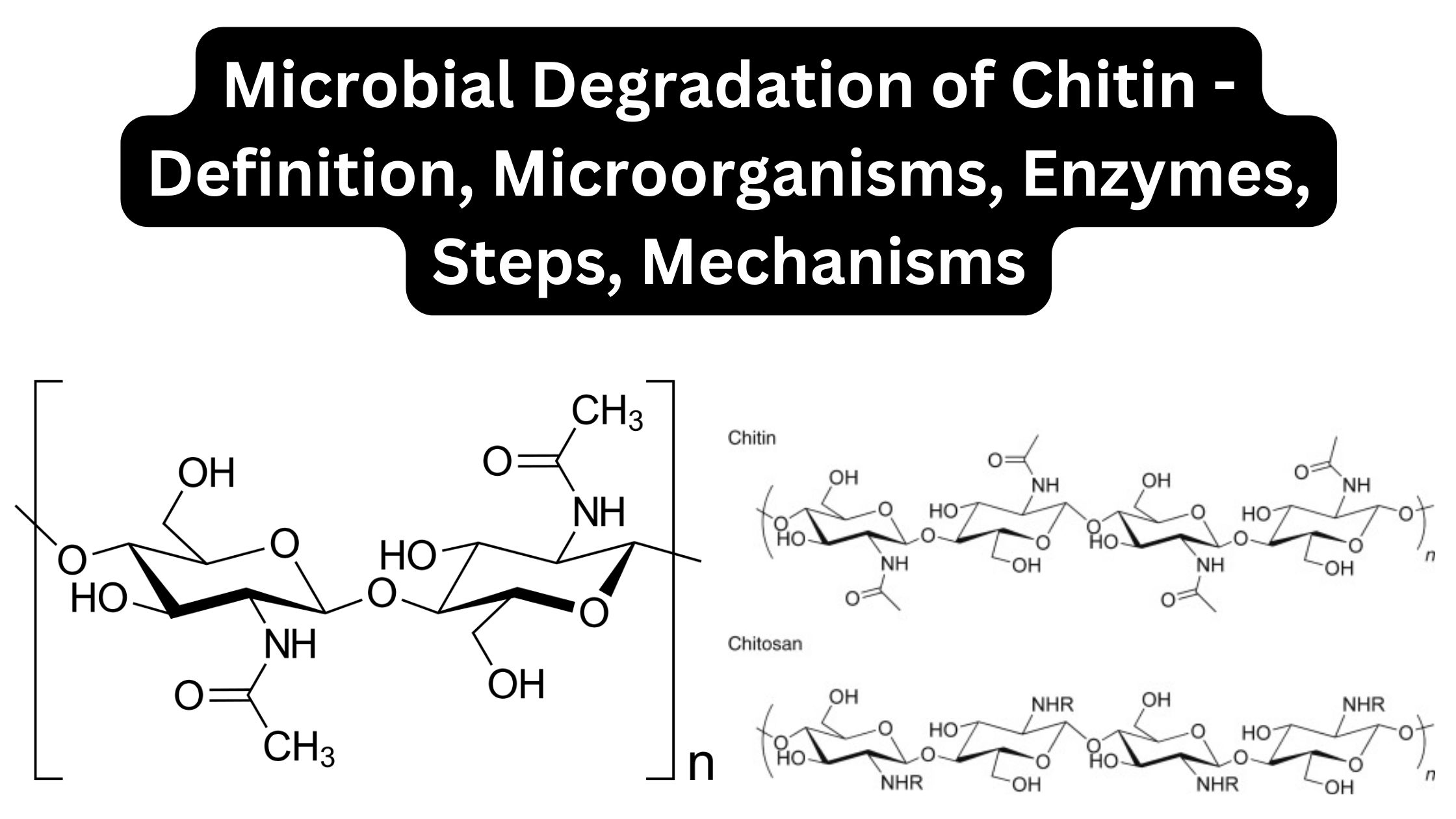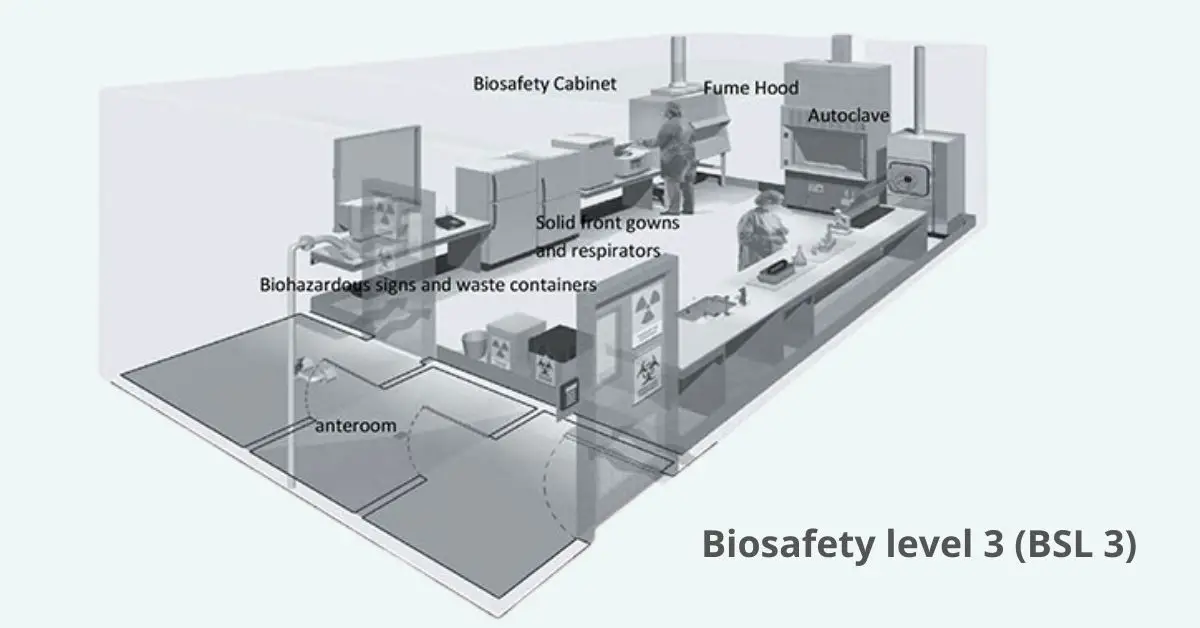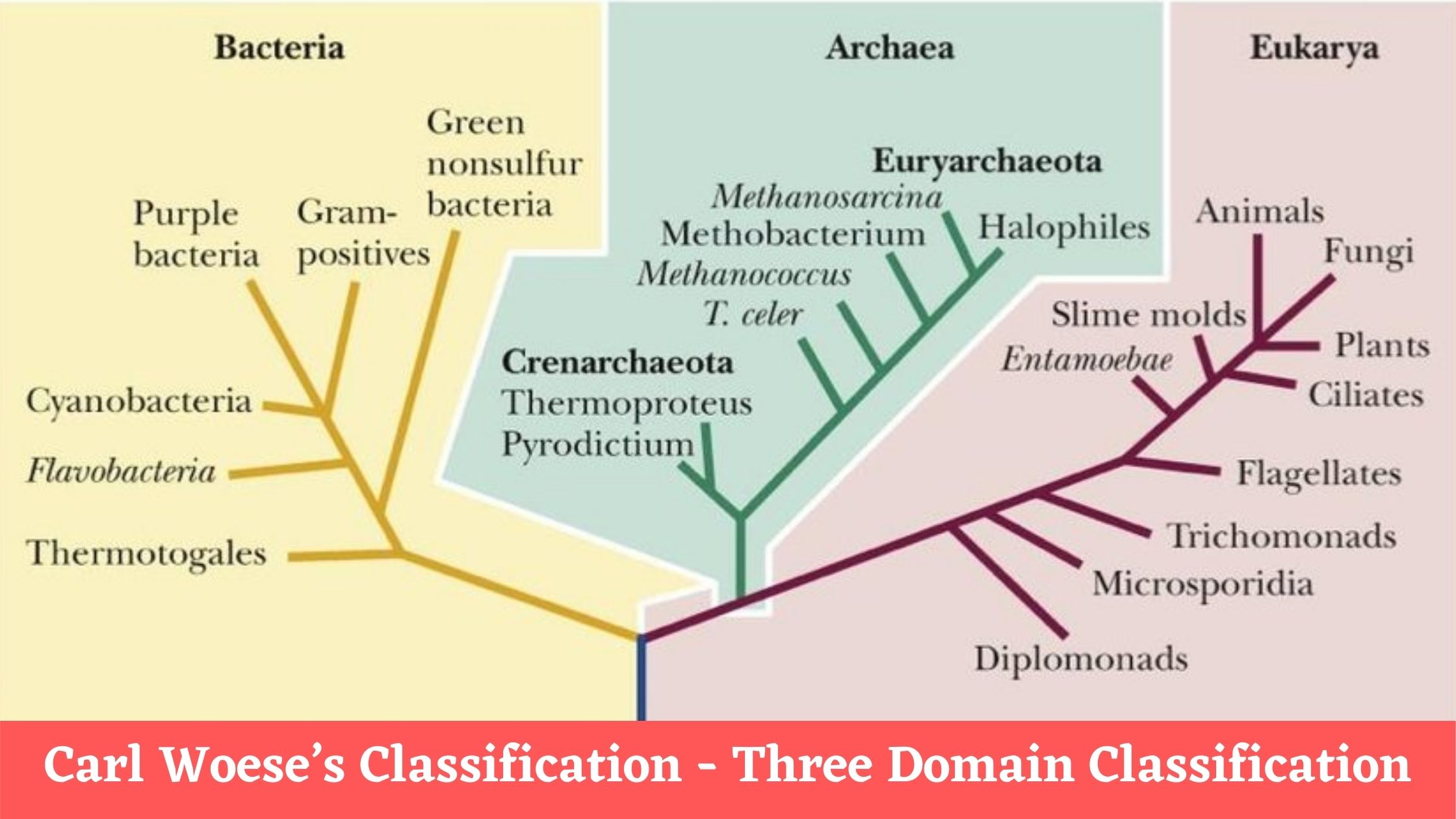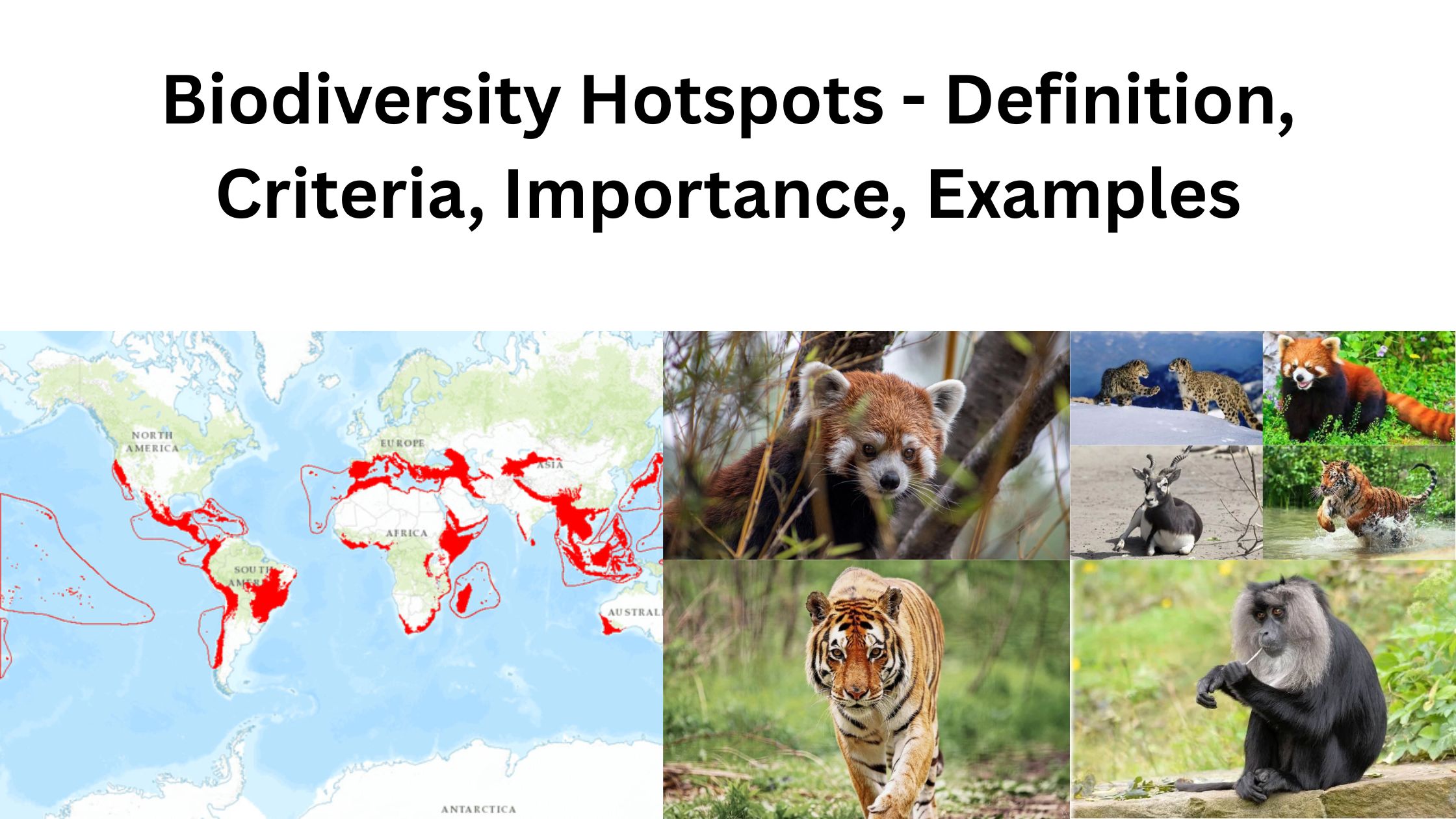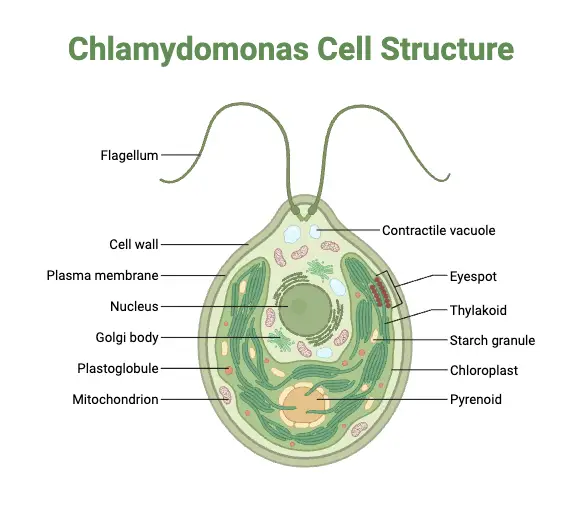Soil Formation (Pedogenesis)- Definition, Factors, Process, Steps, Examples
What is Pedogenesis? Pedogenesis is the natural process of soil formation resulting from the interplay of physical, chemical, biological, and climatic elements throughout time. Chronology – In 1883, Vasily Dokuchaev posited that soil is a product of climate, vegetation, parent material, and temporal factors. In 1941, Hans Jenny established the CLORPT model—Climate, Organisms, Relief, Parent … Read more
